
Each day, 22 U.S. veterans commit suicide on American soil.
That average, released by the U.S. Department of Veterans Affairs in 2013, is at the center of a surprising new campaign, dubbed Mission 22, from advertising agency CP+B and the nonprofit veteran organization Elder Heart. The project is designed “to open the eyes of the American public,” says Daniel Pradilla, an associate creative director at the agency.
With the help of photographer David Guttenfelder, who covered the wars in Iraq and Afghanistan for the Associated Press, Mission 22 takes a novel approach to advocacy work by bringing the message directly to its public. “CP+B is a big ad agency that starts national conversations about products,” says Guttenfelder, “and they wanted to do something about this issue. They wanted to see if they could take the same approach to an ad campaign to the [issue of suicide among veterans].”
The campaign is devised around the stories of five veterans — William Busbee, Shawn Bleeker, Ryan Clapper, Brandon Ladner and Clay Ward — who committed suicide after their tours of duty. “More military men and women die at home each day than in our conflicts abroad,” Pradilla tells TIME. “That means that the deadliest battlefields aren’t remote deserts or faraway countries but our own living rooms, bedrooms, backyards and garages. These battlefields are unexpected. That makes you stop and think.”
The best way to convey that message, CP+B found, was to photograph these spaces and put the resulting images on billboards across the nation. “This work brings war to a place that is familiar,” says Pradilla. “Coming home is supposed to be completely safe. But then, you see David’s photographs and read these veterans’ stories, and you realize it’s not.”
Guttenfelder, who resigned from AP last year to go freelance, had wanted to cover the second half of his war story: the return home. When he got back to the U.S., after spending 15 years traveling the world from one hot spot to the next, he brought a group of photographers together, launched the Everyday USA account on Instagram and helped coordinate for the group to do a Veterans Day project with TIME last November.
But Guttenfelder wanted to do more. So, when he was approached by CP+B, he saw an opportunity. “They were looking for a photographer who had the same story [as these veterans] and who could meet the families and understand,” he explains.
The result, on a personal level, stunned Guttenfelder. “When I was meeting the families and going through this, I was surprised how much of a connection I felt with these people who took their lives because of the struggles that they faced when they came home: trying to find purpose, trying to deal with the horrible things that they had seen. [That connection] was more powerful than I had expected.”
“I would never try to compare my experience to someone who fought in a war,” he adds, “but I did spend my entire adult life covering war and violence and tragedy. I had a very clear purpose, a very strong sense of what my identity was. And to come home to the U.S. and to have to reinvent myself, it opened up a door to understand how confusing and difficult and painful it is for [these soldiers] to come back and not know what they’re supposed to do now. I understood it in a different way.”
Guttenfelder’s photographs are a departure for the former wire photographer: they are simple and quiet black-and-white portraits of the spaces where these veterans committed suicide. They tell a story of familiarity — one that anyone could grasp — and that was CP+B’s precise goal.
The advertising agency published Guttenfelder’s photographs in four national newspapers and magazines, and across 300 billboards in the U.S., including five in the towns where these veterans committed suicide. “To put a billboard on the street near the houses where this happened is not just about educating people, it’s about educating the people who go to the grocery store with these families,” says Guttenfelder.
CP+B has also produced a mini-documentary and an interactive website — with calls for action for veterans and their families — with a traveling exhibition planned for later this year.
For Guttenfelder, Mission 22 is also the beginning of his next personal project, one that will deal with suicide and posttraumatic stress disorder — another focus that, for the former conflict photographer, hits close to home.
Find out more about Mission 22.
Olivier Laurent is the editor of TIME LightBox. Follow him on Twitter and Instagram @olivierclaurent
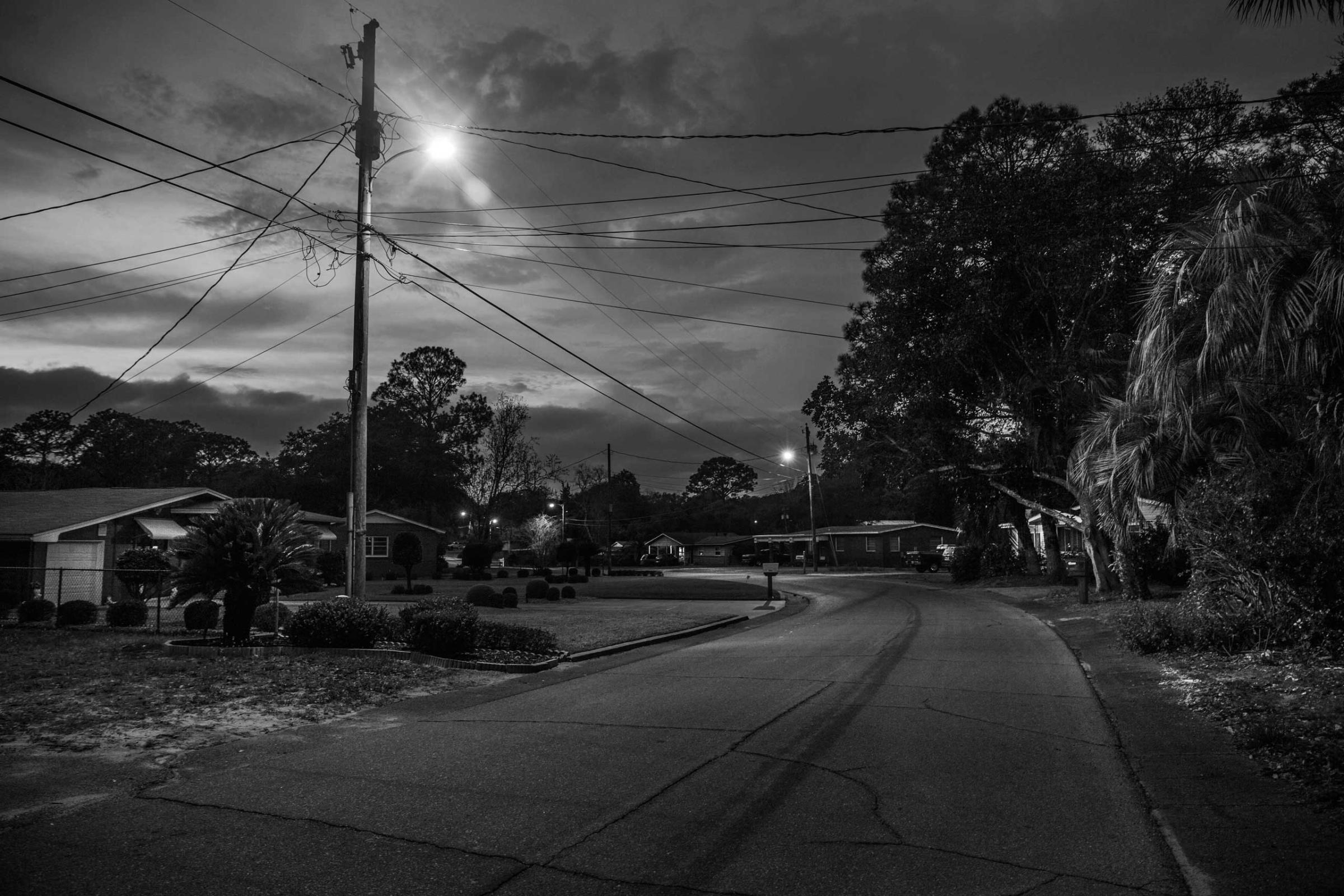
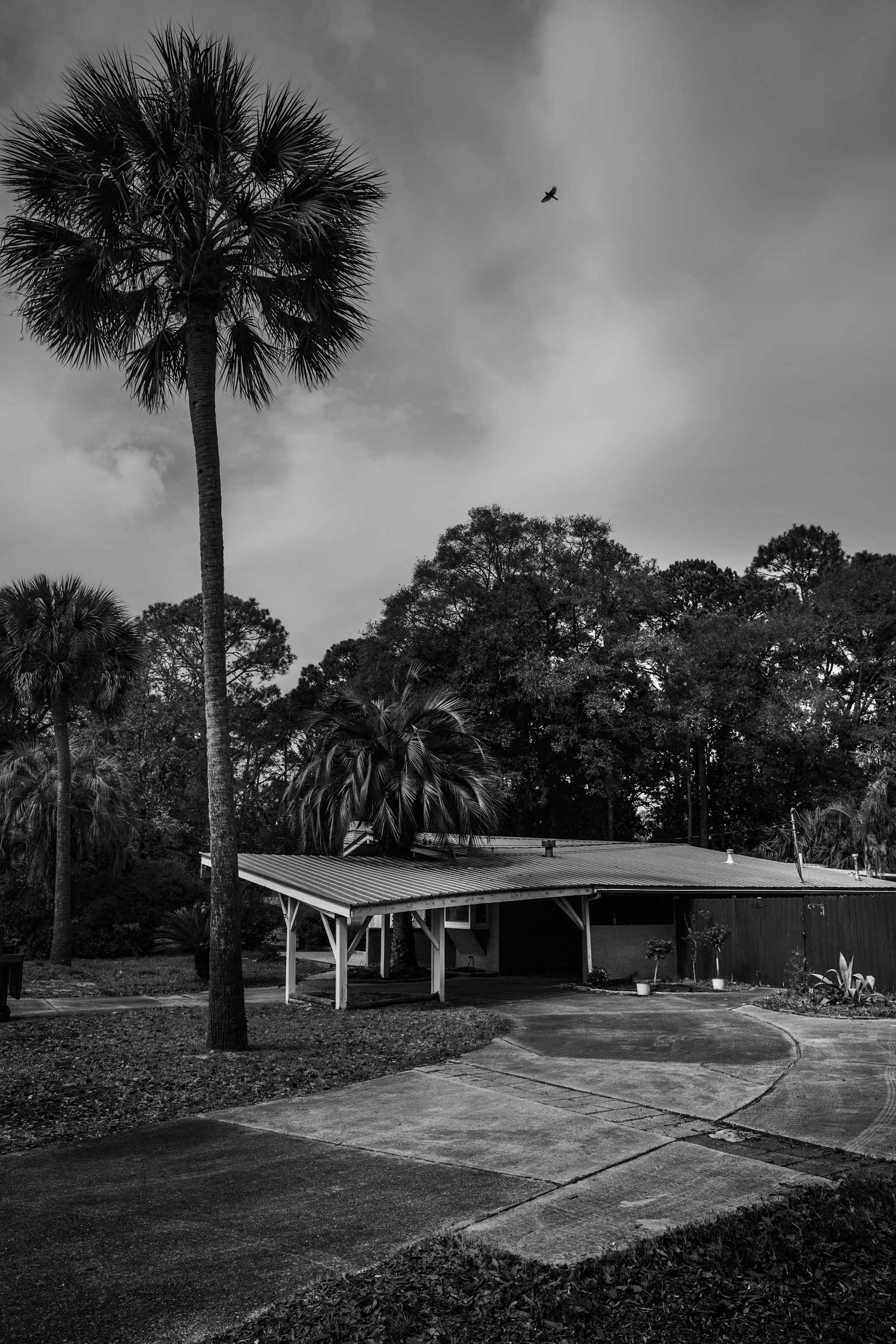
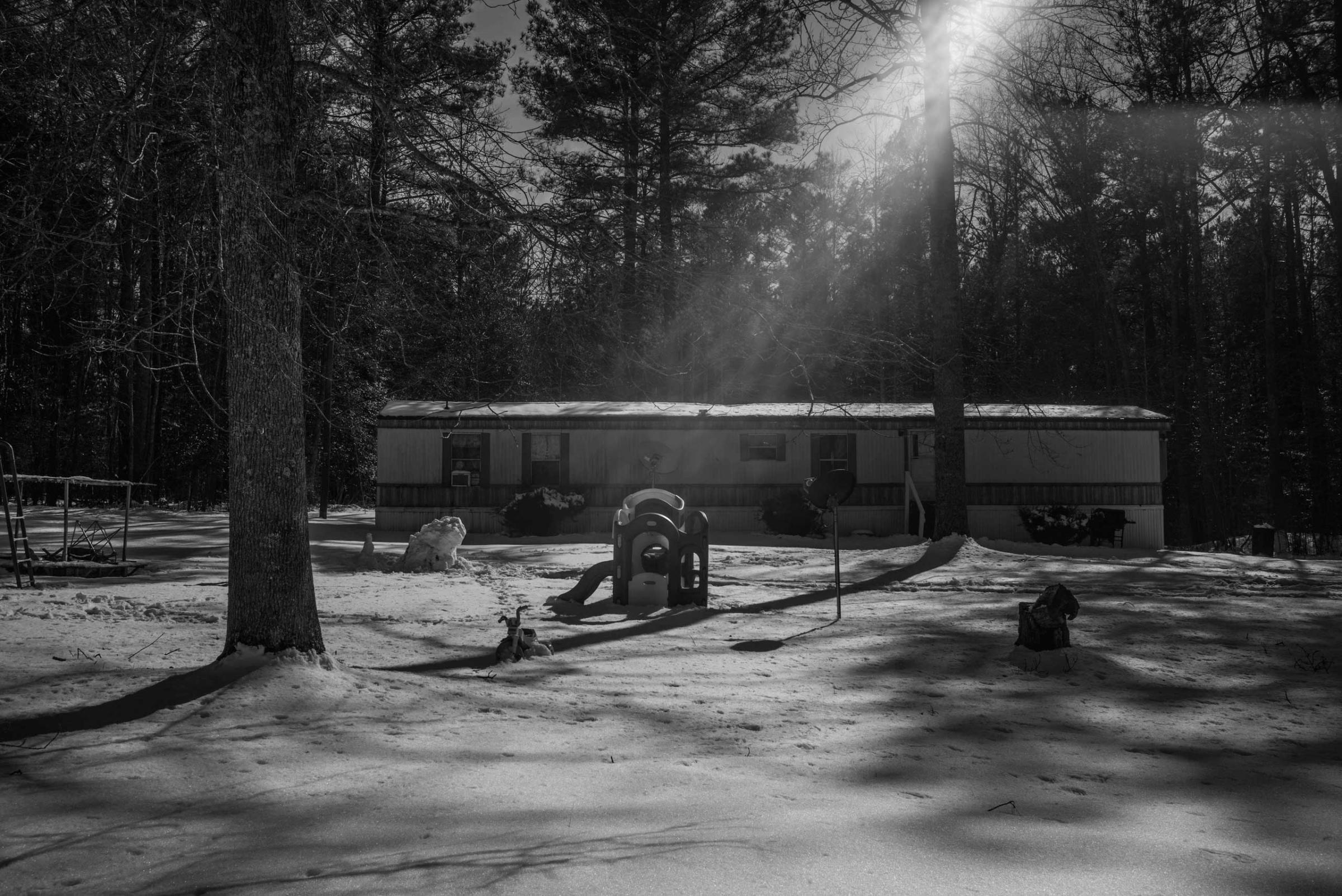
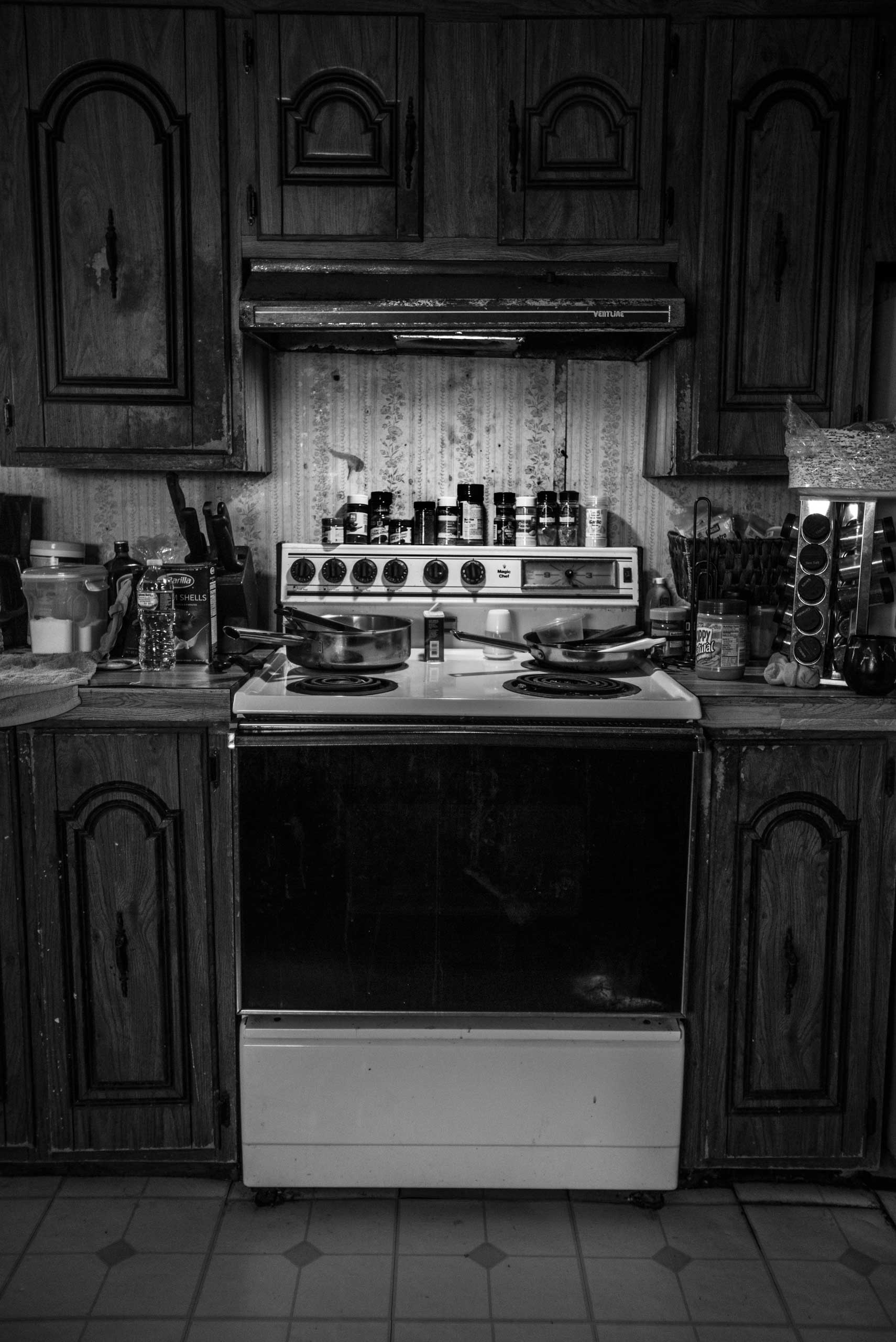
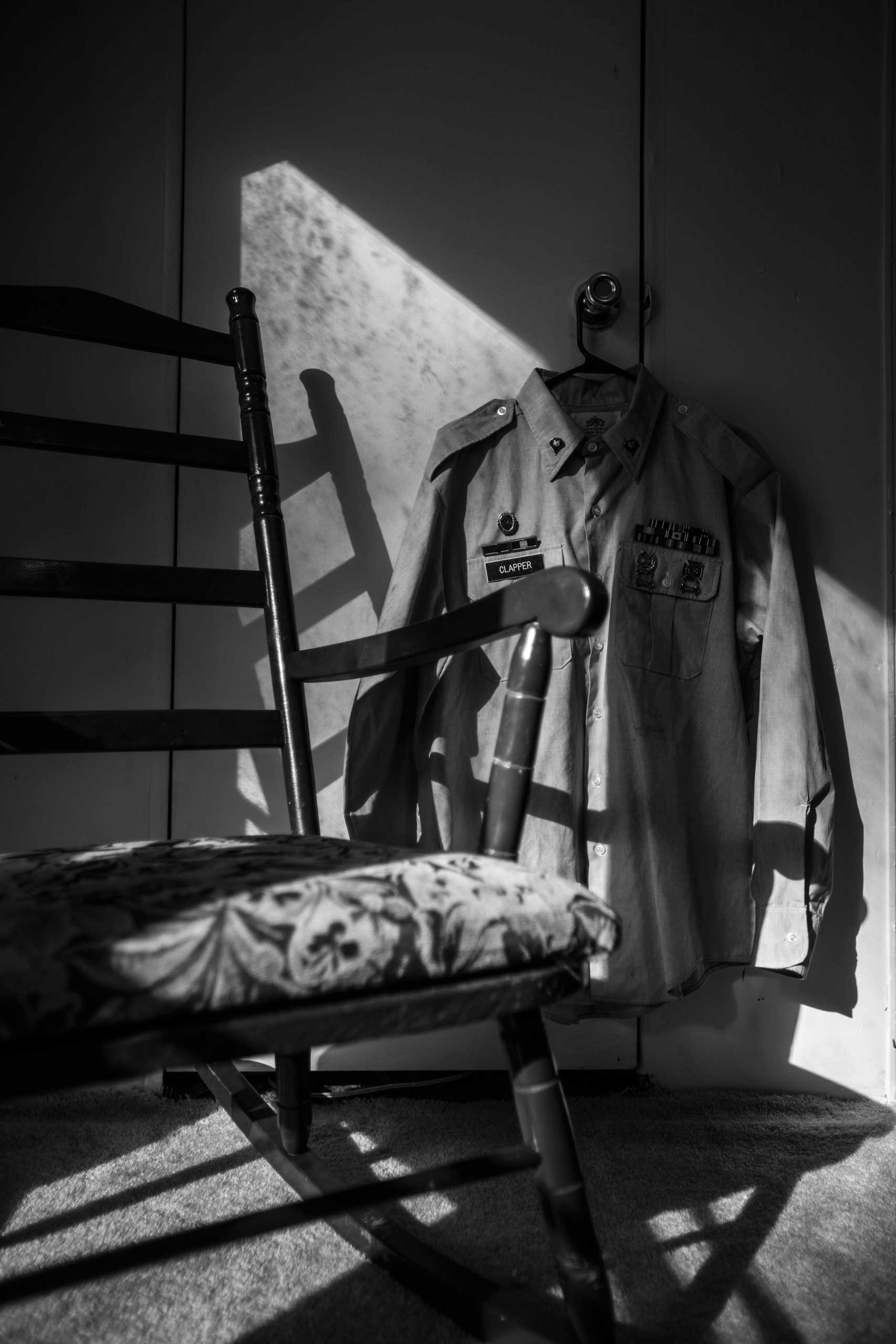
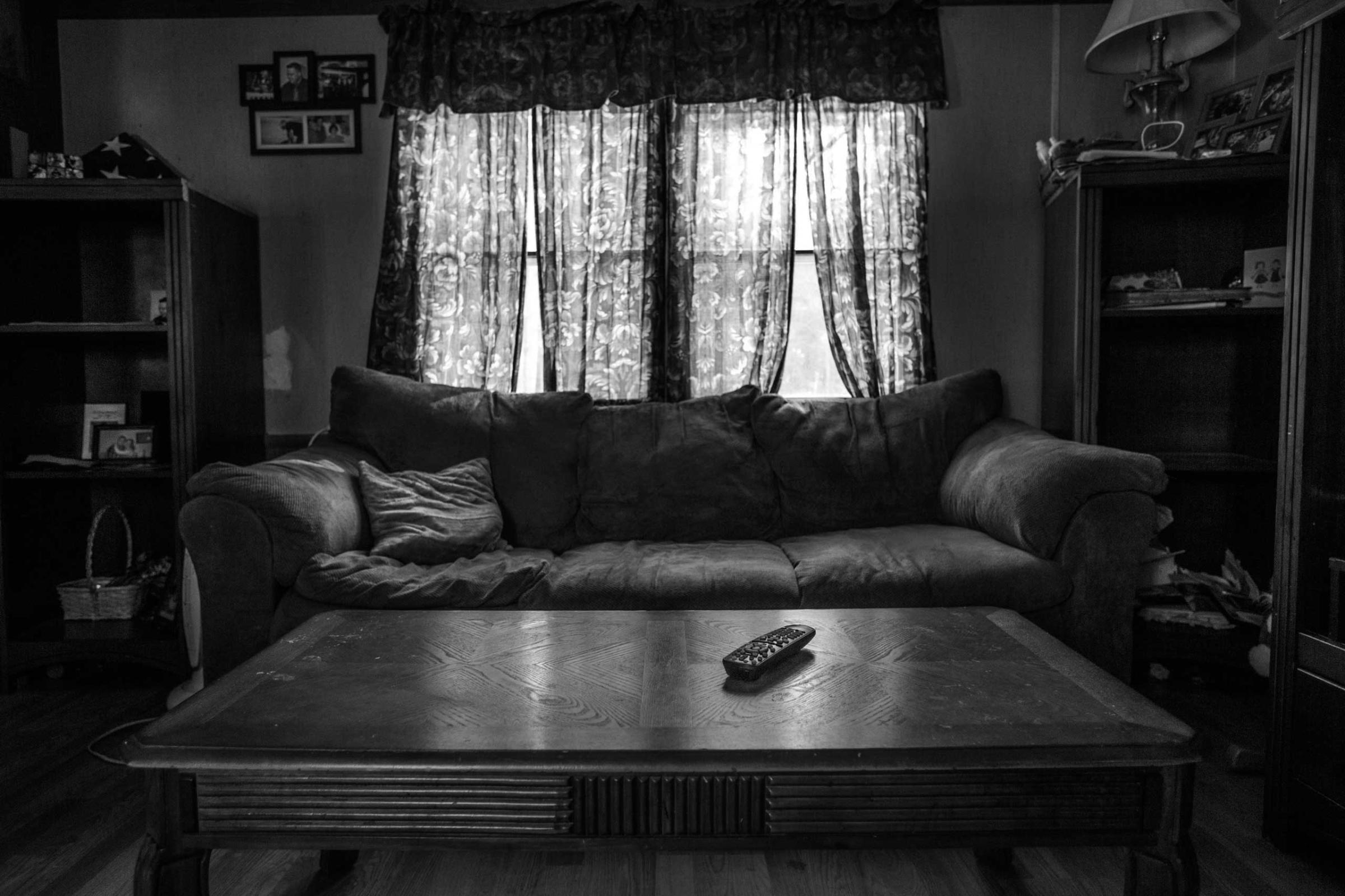
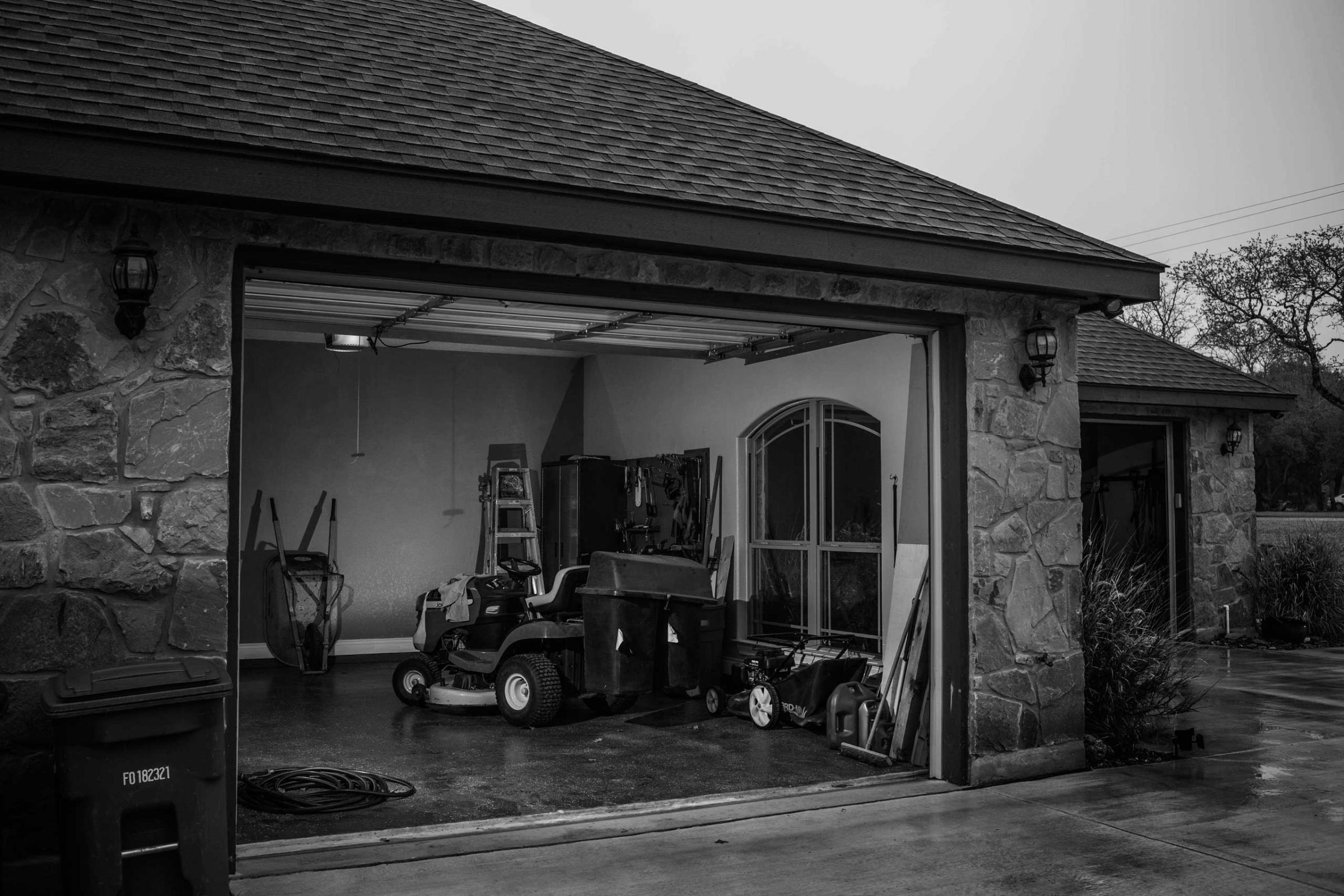
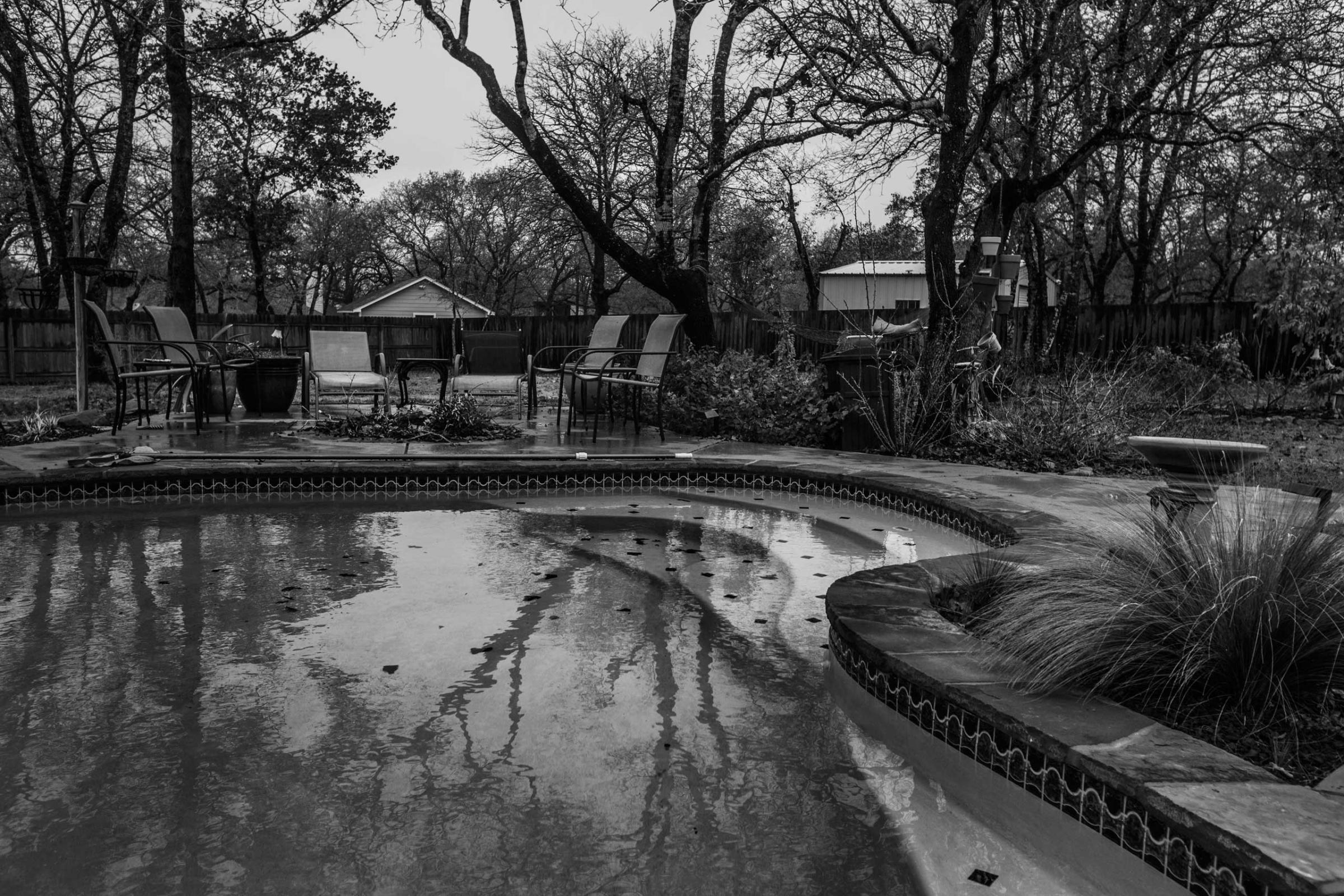
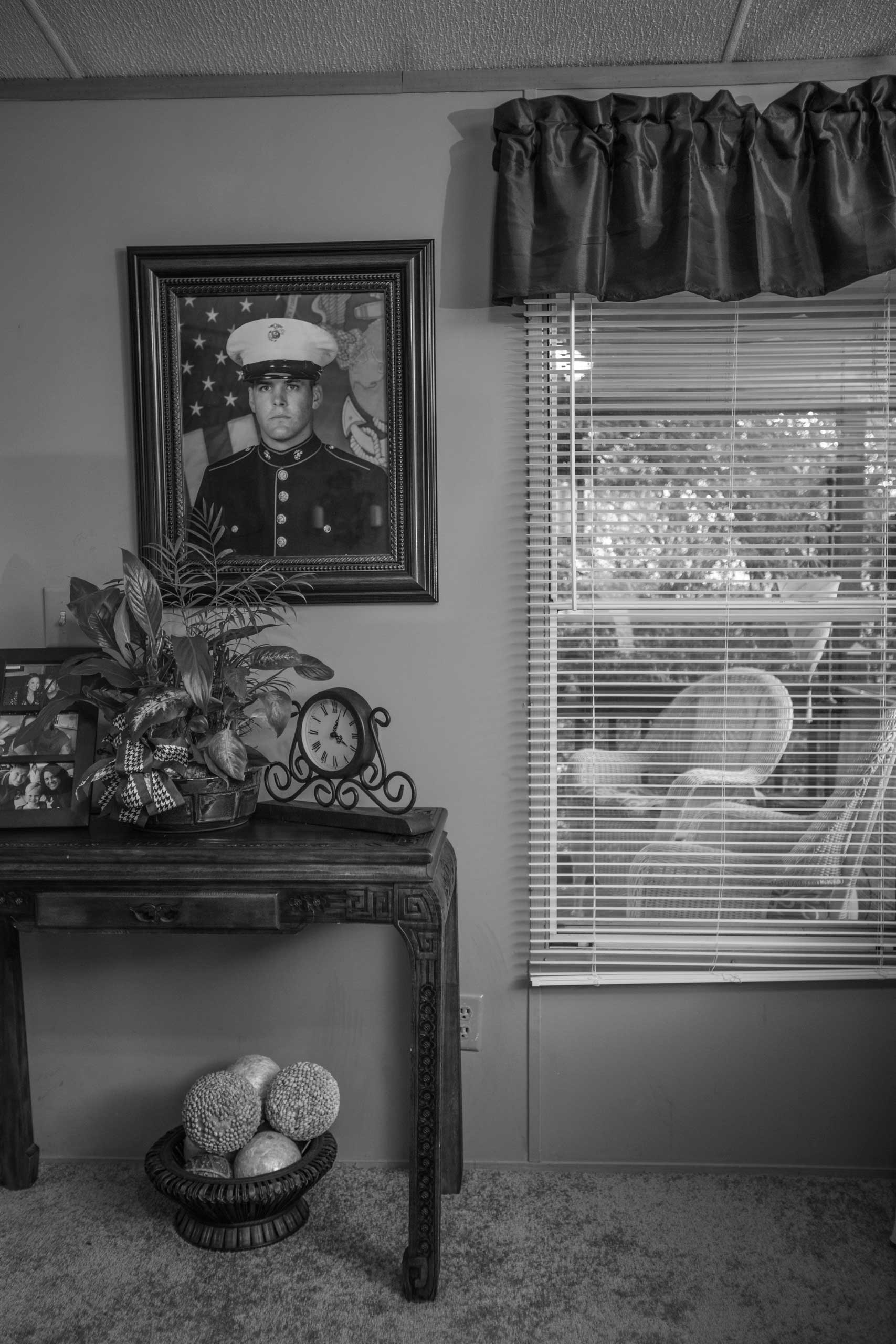
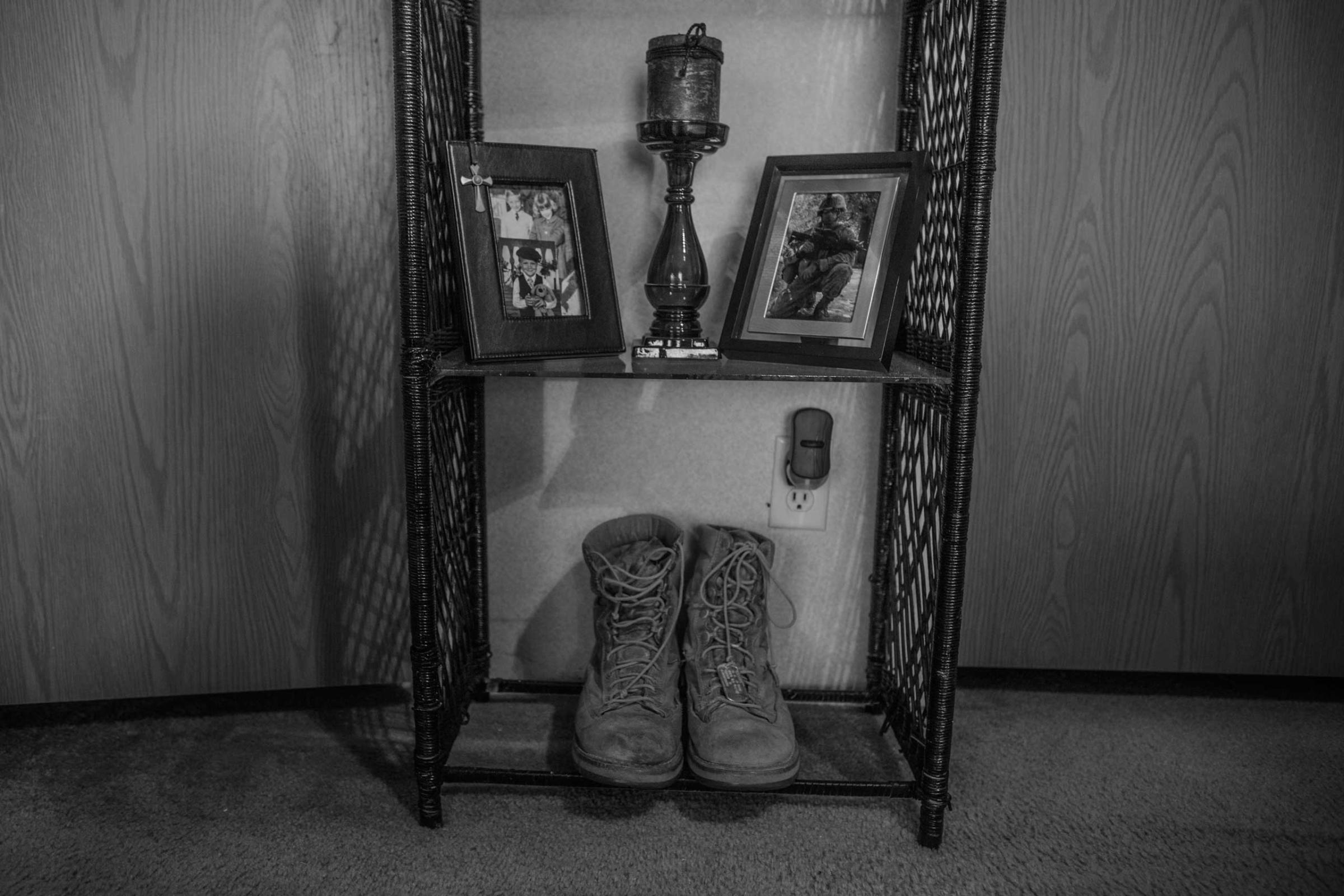
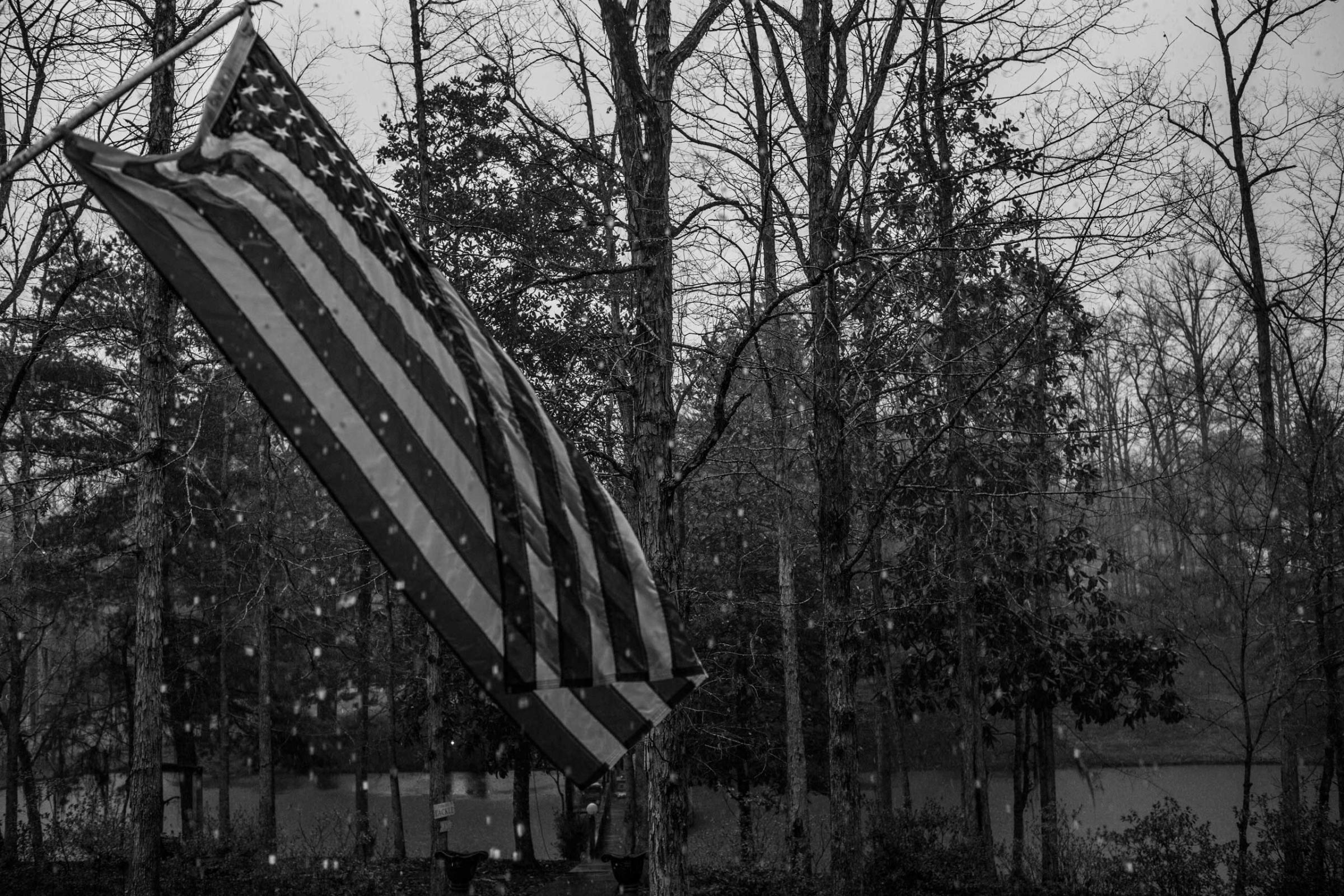
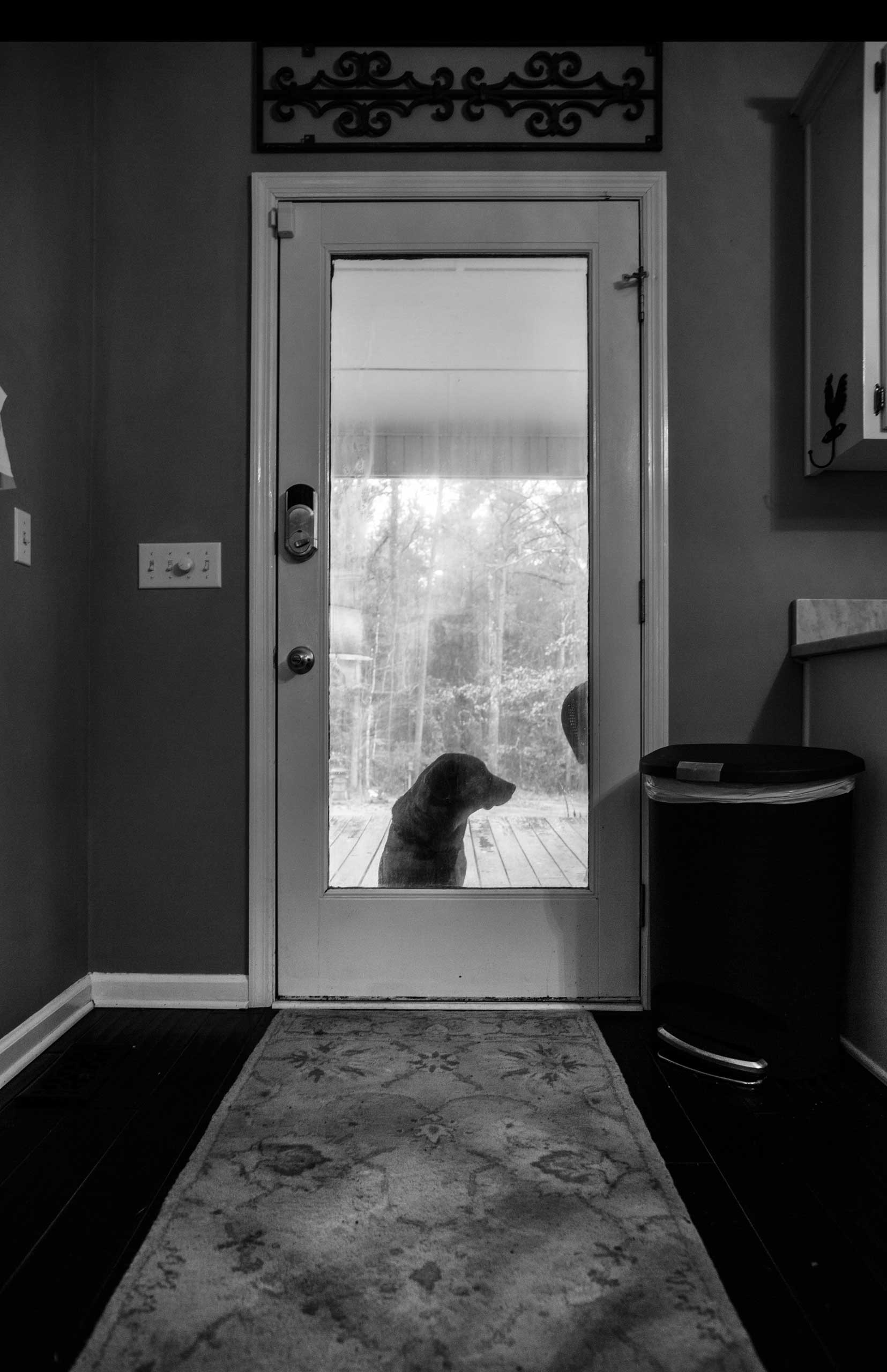
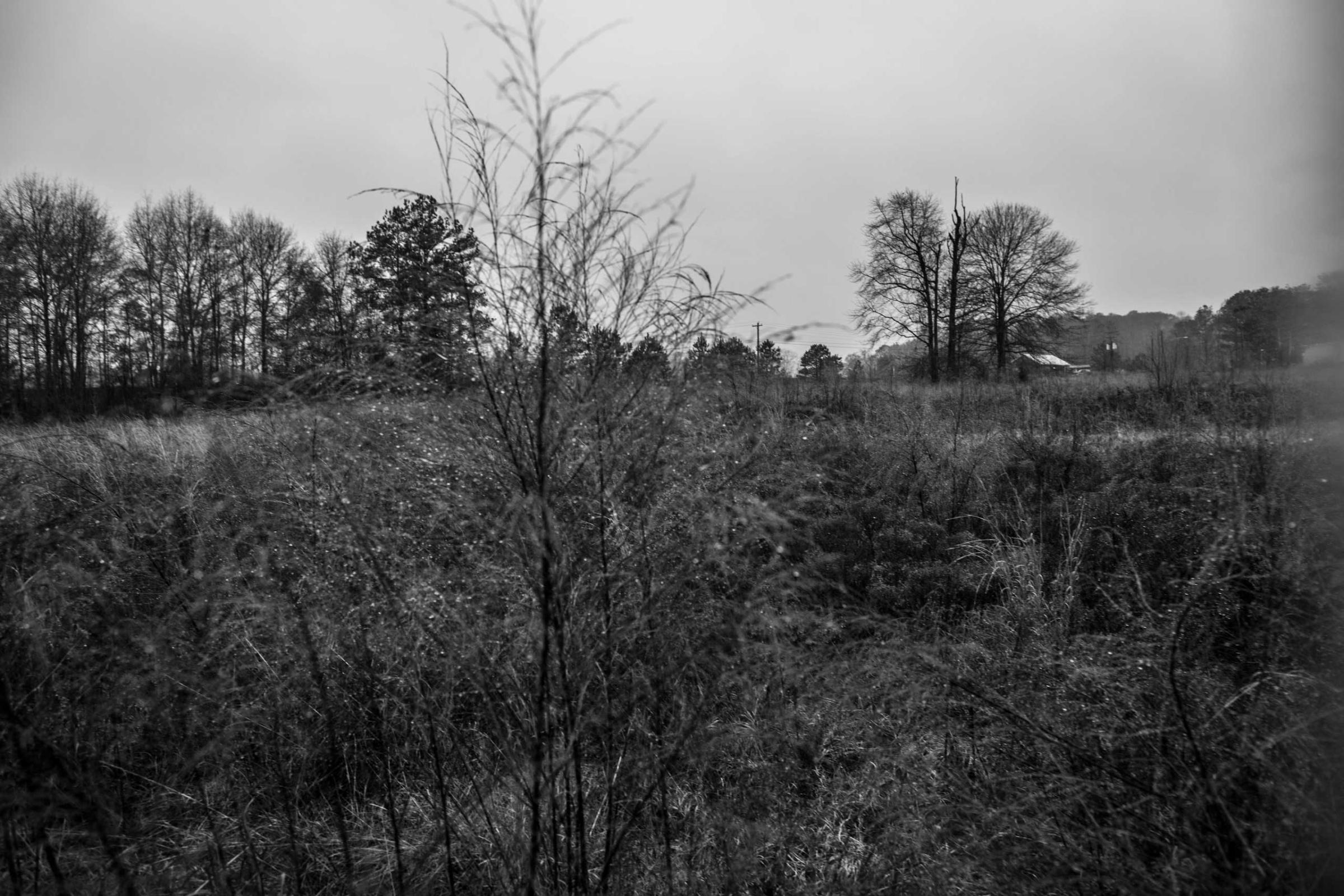
More Must-Reads from TIME
- Why Biden Dropped Out
- Ukraine’s Plan to Survive Trump
- The Rise of a New Kind of Parenting Guru
- The Chaos and Commotion of the RNC in Photos
- Why We All Have a Stake in Twisters’ Success
- 8 Eating Habits That Actually Improve Your Sleep
- Welcome to the Noah Lyles Olympics
- Get Our Paris Olympics Newsletter in Your Inbox
Contact us at letters@time.com